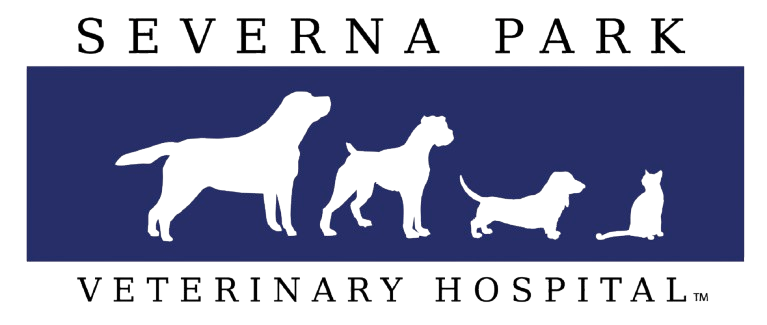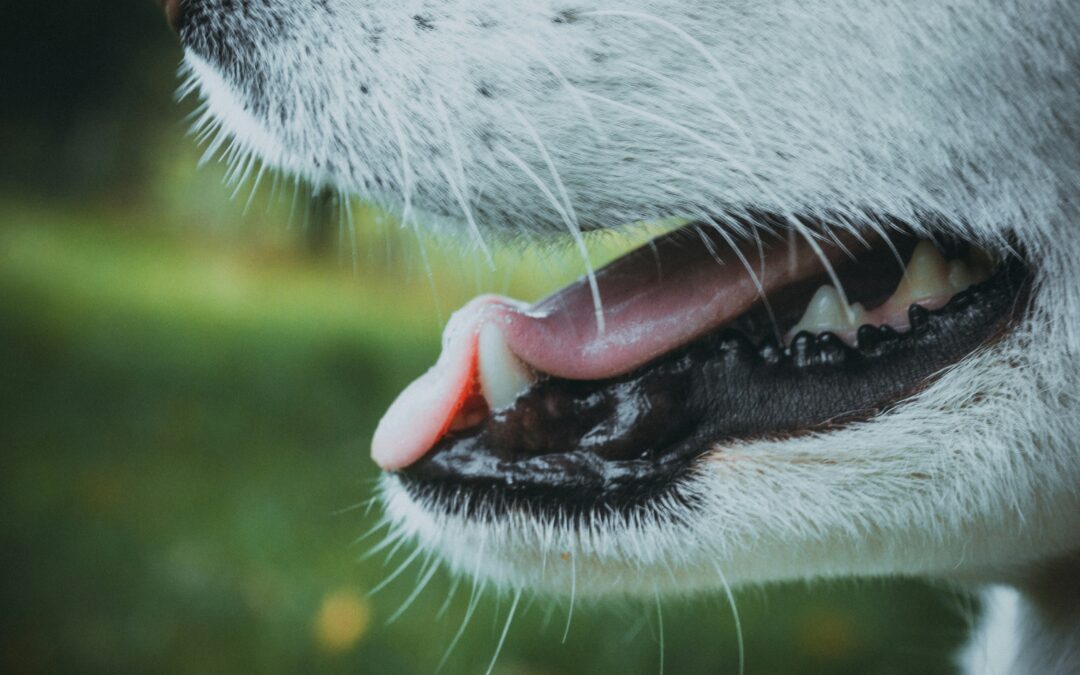One of the most important, but often overlooked parts of keeping your pet healthy is oral health care. Oral health is more than keeping your pet’s breath fresh. It is essential for overall quality of life.
By the age of 3 most pets have some early evidence of periodontal disease. Periodontal disease can cause bad breath, bleeding gums, pain, and difficulty eating. If left untreated, it can lead to more serious health issues including damage to the liver, kidney, and heart.
Brushing your pet’s teeth, providing dental chews and regular checkups is just the start of oral health care in pets. At your pet’s regular checkup, your veterinarian will do an examination of their mouth. If your pet has tartar, bad breath, gingivitis, or other signs of periodontal disease, a dental COHAT may be recommended. COHAT stands for ‘complete oral health assessment and treatment’ and is performed under anesthesia. These examinations allow the veterinarian to take a deeper look in your pet’s mouth checking the cheek pouches, the back of the mouth and throat, and under the tongue for any abnormalities. The teeth are closely examined and probed, plaque and tarter is removed, if needed, treatment for any diseased or infected teeth is performed.
Preforming dental COHATs under anesthesia is important both from a medical standpoint and for the benefit of your pet. Pets do not understand that cleaning their teeth is to help them and without anesthesia, they often react by moving, trying to escape, or biting. Anesthesia provides less pain and stress for your pet, plus a better cleaning and examination. It allows your veterinarian to check for any pockets around the teeth, clean below their gum line, and to address any diseased or problematic teeth.
If a dental COHAT is recommended, the first step is a physical exam and bloodwork to make sure your pet is healthy before going under anesthesia. The bloodwork allows the doctor to find hidden abnormalities that could affect your pet during or after their dental COHAT procedure.
The morning of the dental cleaning your pet will receive a full exam from nose to tail. An intravenous catheter will be placed. This allows the team to have immediate access to your pet’s bloodstream to deliver medications and fluids efficiently.
While under anesthesia your pet will be constantly monitored by a dedicated veterinary nurse. The veterinarian will do a complete oral exam and probe the teeth to check for pockets or signs of infection. Then, dental x-rays will be performed to see what is going on below the gumline. Dental x-rays allow the veterinarian to see the teeth from the crown to the root hidden beneath the surface. A tooth can look normal above the gumline, but below can be causing your pet pain.
If any infected or diseased teeth are found during the oral exam or x-rays, your veterinarian will recommend treatment either by extracting (removing) the teeth, or depending on the problem, alternative options may be discussed. Once any diseased teeth have been addressed, the remaining teeth will be cleaned using an ultrasonic scaler to remove the plaque and tarter on the crown of the teeth. Then, the teeth will be hand scaled below the gumline and polished. The mouth will be rinsed with a sanitizing solution and the patient will then be allowed to recover from their dental COHAT procedure. Pets are supervised by a dedicated technician until they are awake.
After the dental COHAT a veterinary nurse will discuss home care. This will include brushing, dental food/treats, and water additives.
Dental COHATs may be recommended more or less frequently depending on your pet’s genetics, breed, and at-home dental care, but often is recommended once a year. Regular dental cleaning and daily oral health care are essential in keeping your pet healthy and living a long life!
At your pet’s next checkup, please ask your veterinarian for their recommendations for oral health for your pet.

